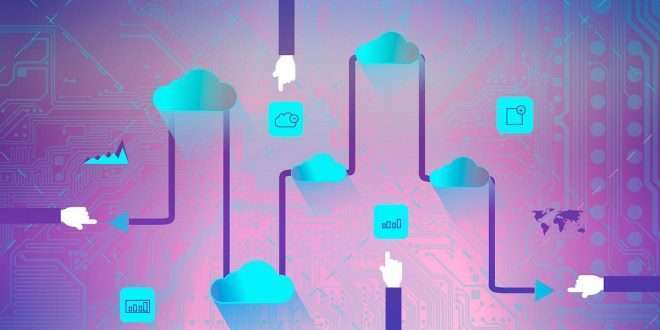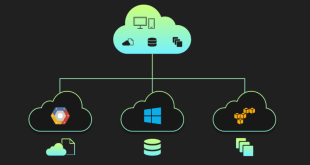As we immerse ourselves deeper into the era of serverless computing, where the cloud manages infrastructure and resources, we are presented with new challenges regarding security. In this blog, we will explore the intricacies of serverless security and how to protect your functions and data in this borderless landscape.
Understanding Serverless Computing
Serverless computing is a paradigm shift that allows developers to focus solely on writing code without concerning themselves with managing servers. Instead, cloud providers handle the infrastructure, automatically scaling and managing resources as needed. This enables greater agility and cost efficiency, but it also introduces new security considerations.
The Core of Serverless Security
In this section, we delve into the fundamental aspects of serverless security, emphasizing the importance of adopting a holistic approach. It’s crucial to understand that security is not just the responsibility of the cloud provider; developers and organizations also play a vital role in safeguarding their applications.
Threats in the Serverless Landscape
As with any technology, serverless computing is not immune to threats. This section examines the various security risks associated with serverless architecture, including injection attacks, broken authentication, and insufficient logging and monitoring. Understanding these risks is key to implementing effective security measures.
Securing Serverless Functions
Here, we focus on the specific steps developers can take to secure their serverless functions. From applying the principle of least privilege to implementing input validation and using encryption, we explore best practices that can fortify your serverless functions against potential vulnerabilities.
Protecting Data in a Borderless Environment
Serverless computing implies that data is often distributed across various cloud services. This section discusses the challenges of securing data in this borderless environment and provides strategies for ensuring data confidentiality, integrity, and availability.
Serverless Security Tools and Services
Thankfully, the serverless ecosystem offers a range of tools and services to enhance security. We will highlight some of the leading security tools that can help you monitor, analyze, and protect your serverless applications effectively.
Compliance and Regulatory Considerations
For businesses operating in regulated industries, compliance is a top priority. We explore the implications of serverless computing on compliance and highlight essential considerations to ensure your serverless applications meet industry standards.
Common Misconfigurations and Pitfalls
Even with the best intentions, misconfigurations and mistakes can happen. In this section, we identify some common serverless security misconfigurations and pitfalls to avoid, minimizing the chances of a security breach.
The Human Factor in Serverless Security
While technical measures are critical, human factors cannot be ignored. This section emphasizes the importance of educating developers and stakeholders about serverless security best practices and fostering a security-first mindset.
Final Words: Safeguard Your Serverless Environment
In conclusion, serverless computing offers incredible benefits, but it requires a proactive security approach. To ensure the safety of your functions and data in this borderless landscape, implement the best practices we’ve discussed and stay informed about emerging security trends.
Commonly Asked Questions
Q1: What is serverless computing, and how does it work?
A1: Serverless computing is a cloud computing execution model where the cloud provider manages the infrastructure, automatically scaling resources based on demand. Developers write code in the form of functions, which are executed in response to events, without the need to manage servers.
Q2: Is serverless computing more secure than traditional approaches?
A2: While serverless computing simplifies some aspects of security, it also introduces new challenges. Adopting proper security practices and using security tools are essential to safeguard your serverless applications effectively.
Q3: How can I protect my serverless functions from attacks?
A3: Secure your serverless functions by following the principle of least privilege, validating inputs, using encryption, and implementing robust authentication and authorization mechanisms.
Q4: Can serverless computing be compliant with industry regulations?
A4: Yes, but it requires adherence to specific security practices and understanding how serverless computing impacts compliance. Evaluate your provider’s compliance certifications and ensure your applications meet industry standards.
Q5: What are the best tools for monitoring serverless security?
A5: There are various tools available, such as AWS CloudTrail, AWS Config, and serverless security platforms like Protego and PureSec, which help monitor and analyze serverless applications for security threats.
 webfily
webfily



